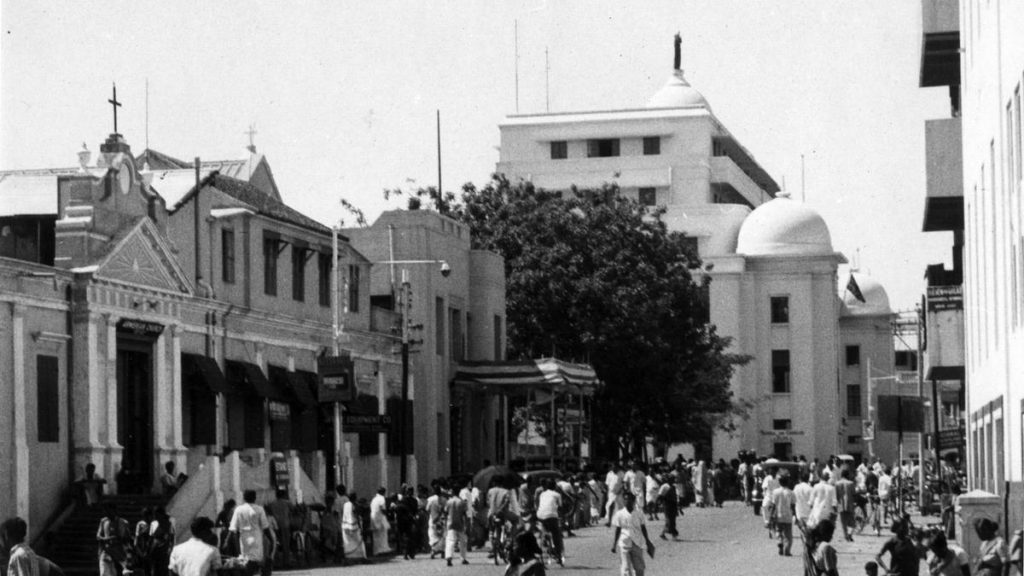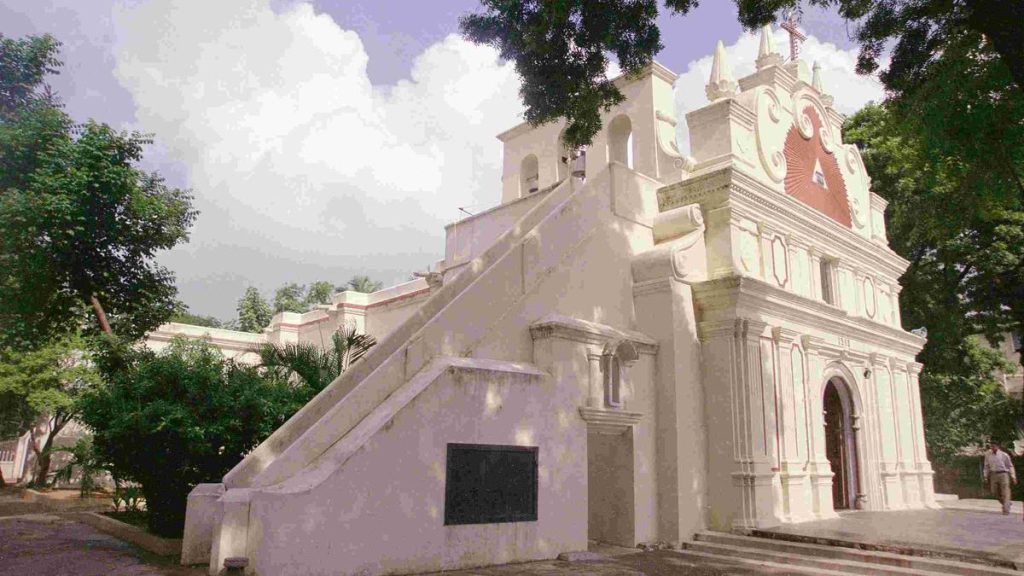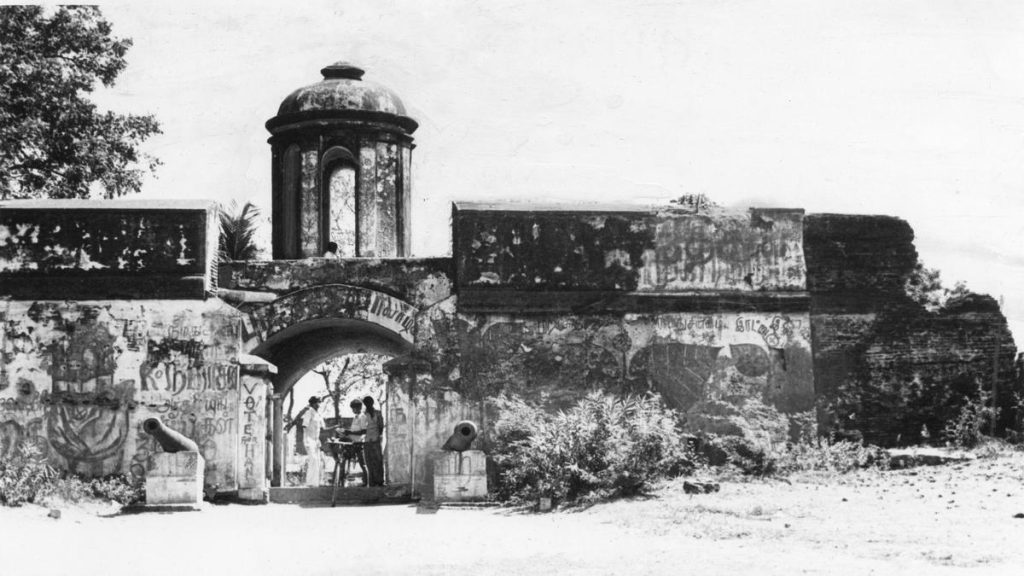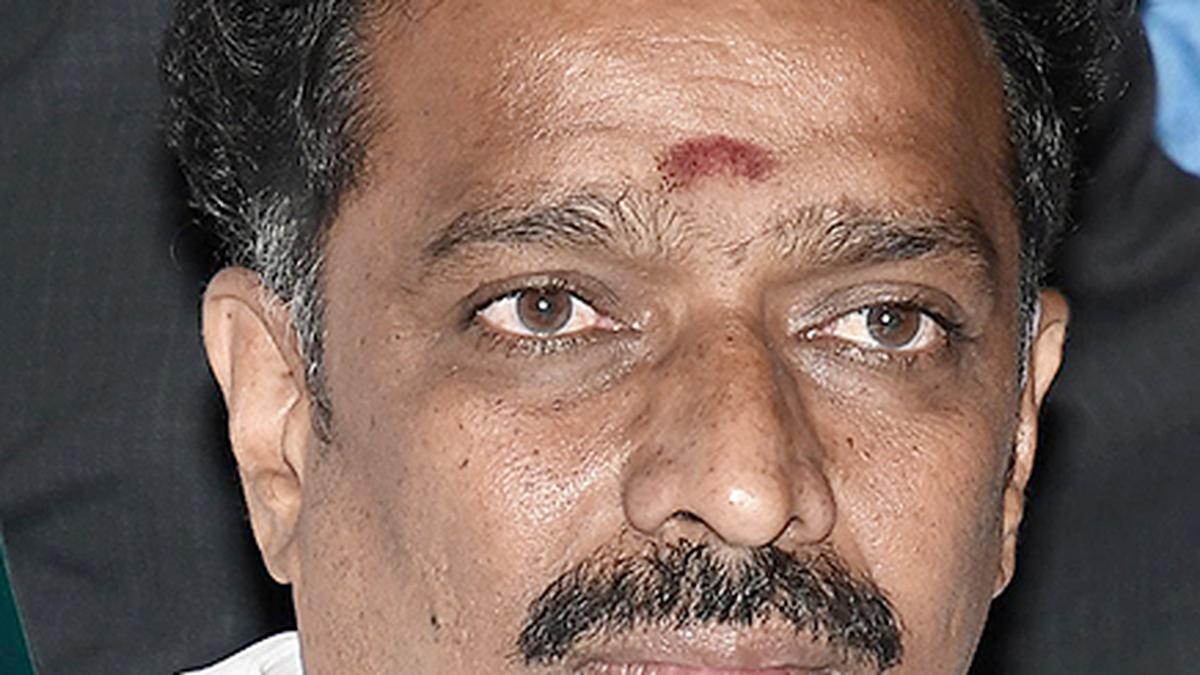Now Reading: Thrikkakara Municipality Deploys 130 CCTV Cameras for Enhanced Surveillance
-
01
Thrikkakara Municipality Deploys 130 CCTV Cameras for Enhanced Surveillance
Thrikkakara Municipality Deploys 130 CCTV Cameras for Enhanced Surveillance

Swift Summary
- Thrikkakara municipality will install 130 CCTV cameras as part of the ₹70 lakh ‘Safe Kochi’ project to curb illegal waste dumping and reduce crime.
- The initiative is a joint effort between the Ernakulam district administration, Kochi City police, and local bodies.
- Each of the 43 municipal divisions will receive three CCTV cameras based on locations selected by their councillors.
- Live streams from these cameras will be monitored at municipal offices, police stations, and a central control room operated by Kochi City police.
- Kerala State Electricity Board Limited (KSEB) and private cable networks are involved in setting up infrastructure for the project. Nearby residents and businesses have agreed to provide power supply where needed. Installation is expected to be completed within months.
- Following phase one’s road surveillance setup, phase two will introduce Automatic Number Plate Recognition (ANPR) cameras upon future funding approval by the municipality.
- Resident associations and organisations may also contribute by installing linked surveillance systems, with some expressing interest already.
- network Video Recorders and installed equipment carry warranties of up to five years; technical sanctions for implementation have been received.
Indian Opinion Analysis
The ‘Safe Kochi’ initiative reflects growing recognition of technology’s role in addressing urban challenges like waste management and public safety in India. By utilizing CCTV coverage for dual purposes-waste monitoring and crime prevention-the project perhaps tackles two pressing civic issues efficiently under a single framework.
The success of this program may hinge on operational consistency, including reliable infrastructure support from KSEB/private collaborators and effective coordination among municipal authorities, police stations, resident associations, and participating enterprises. Public cooperation appears favorable at inception with power-sharing agreements already in place; however, sustaining engagement over time merits consideration.
Looking forward, integration with ANPR systems as outlined in phase two coudl scale functionalities beyond urban visibility into traffic enforcement-a key demand area across Indian cities today-but financial implications or execution challenges remain contingent on allocated budgets or evolving governance priorities.
Read more: [Link not provided]
























